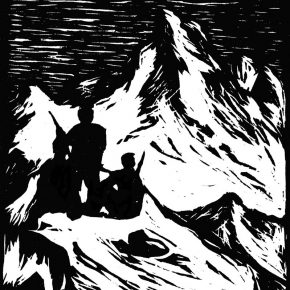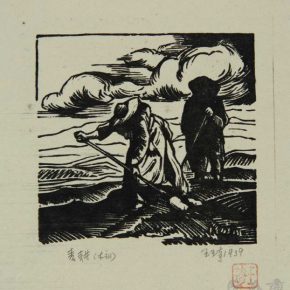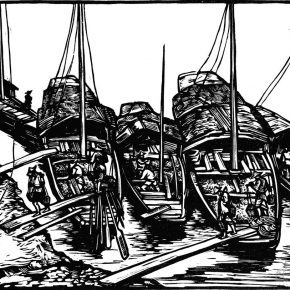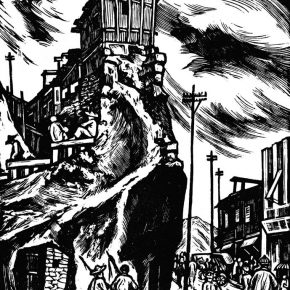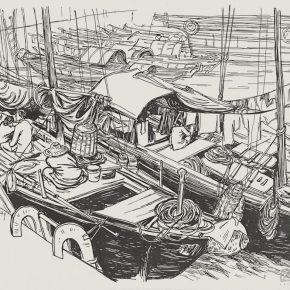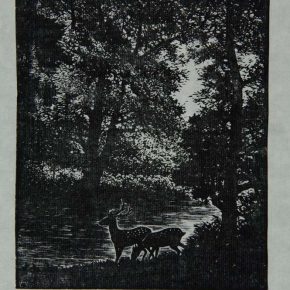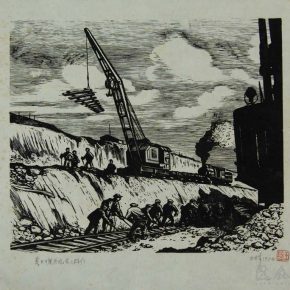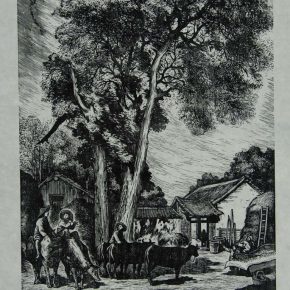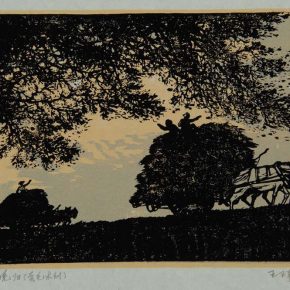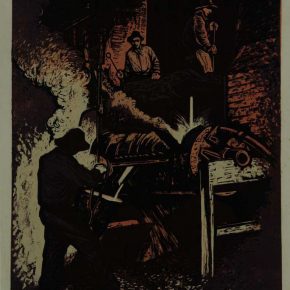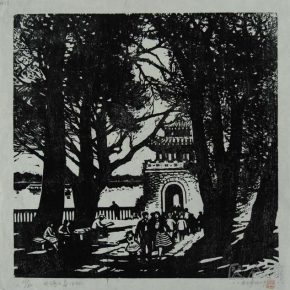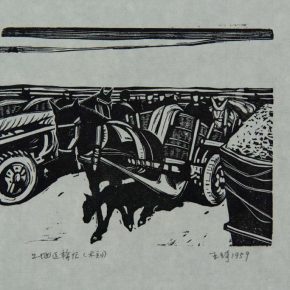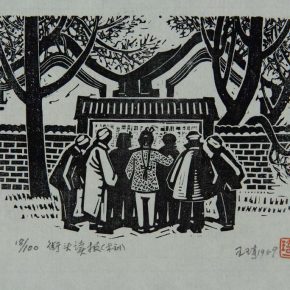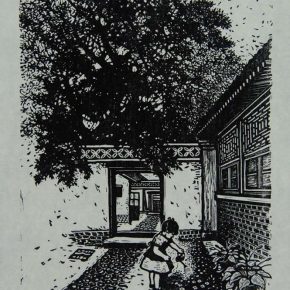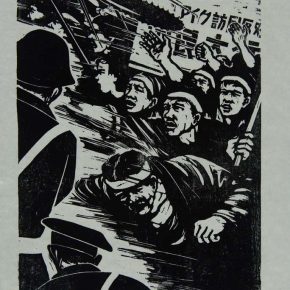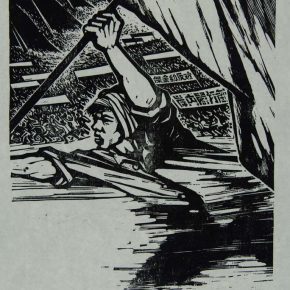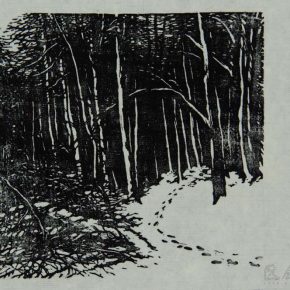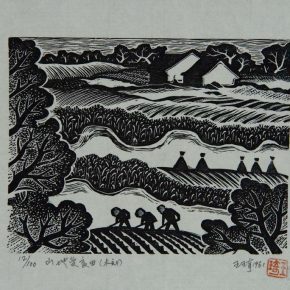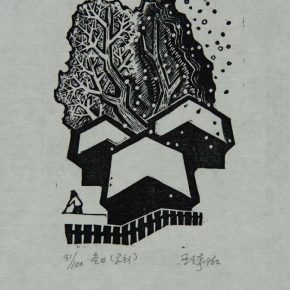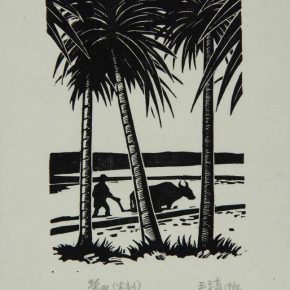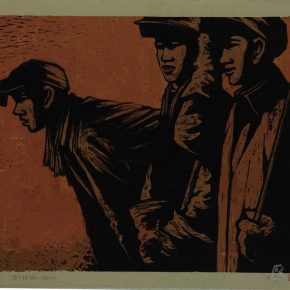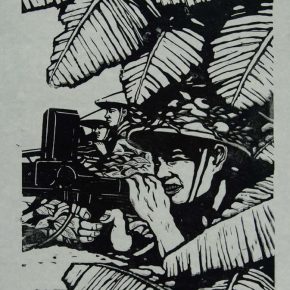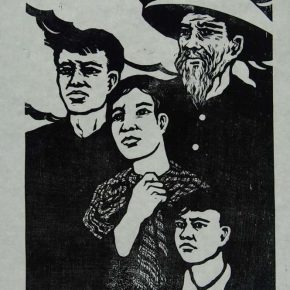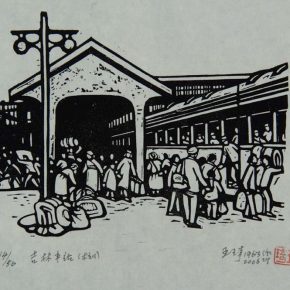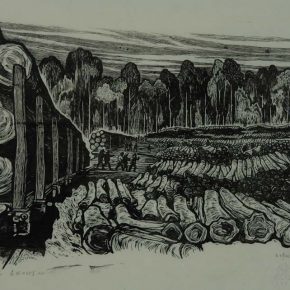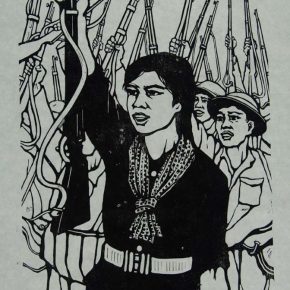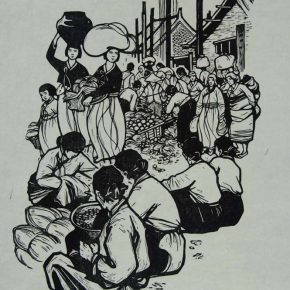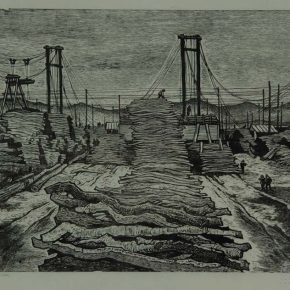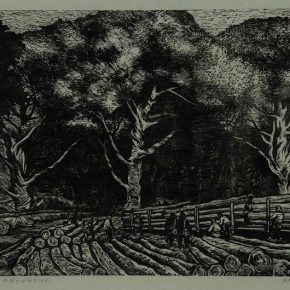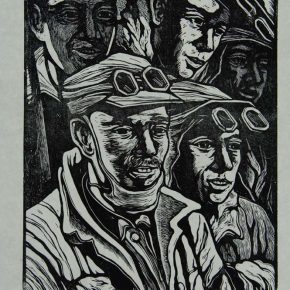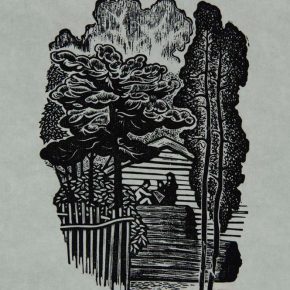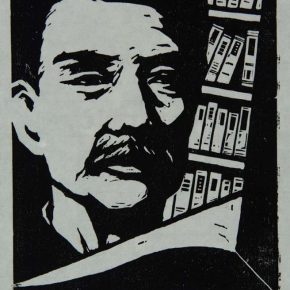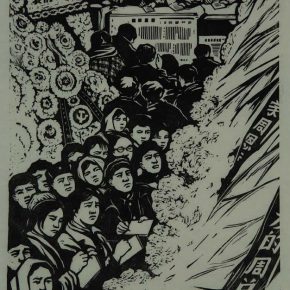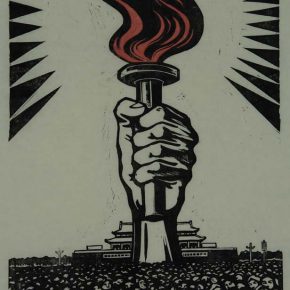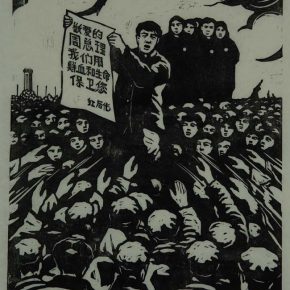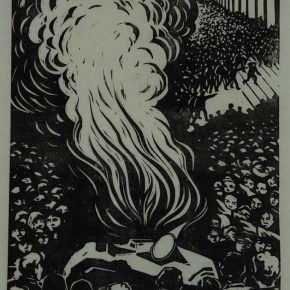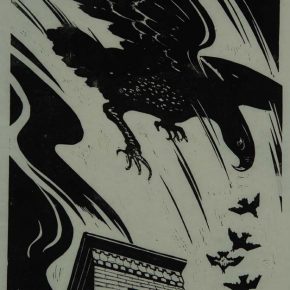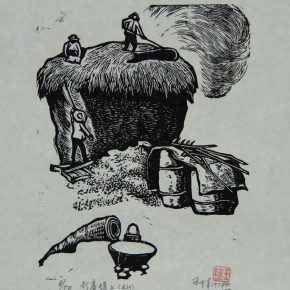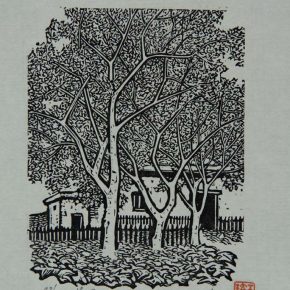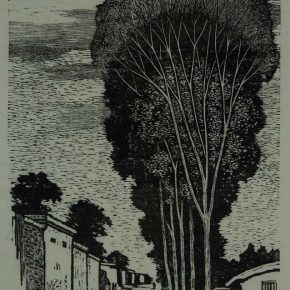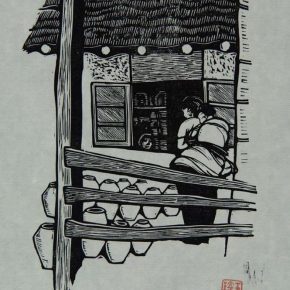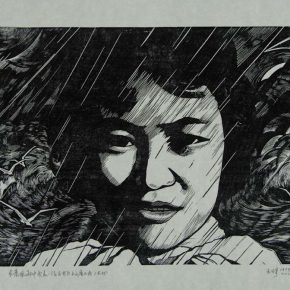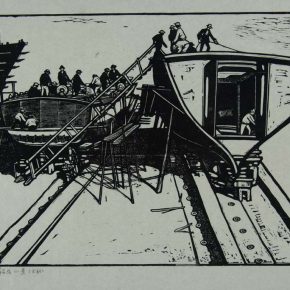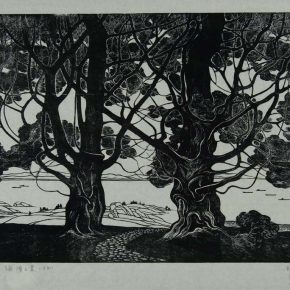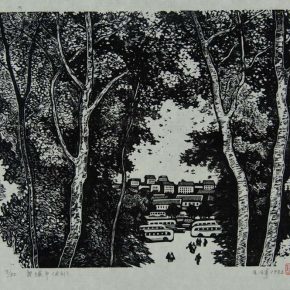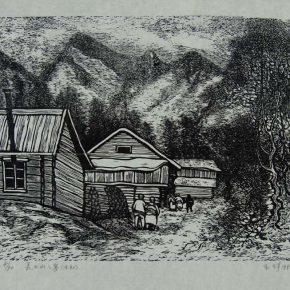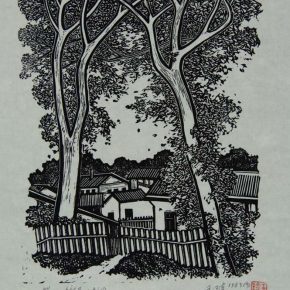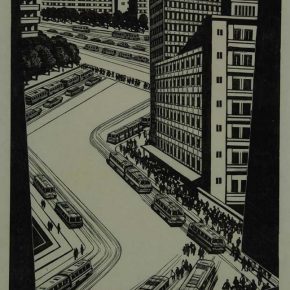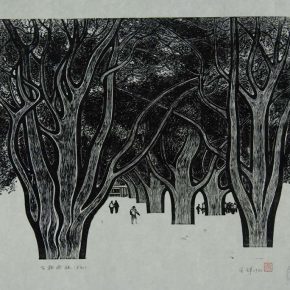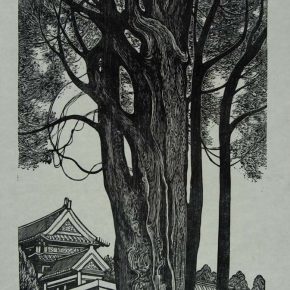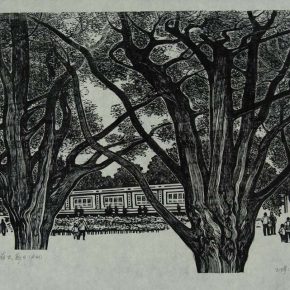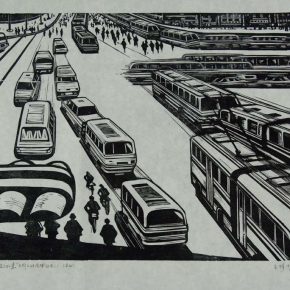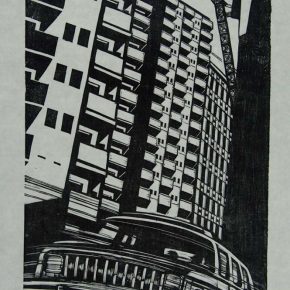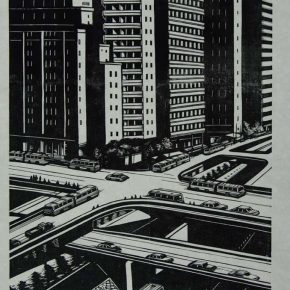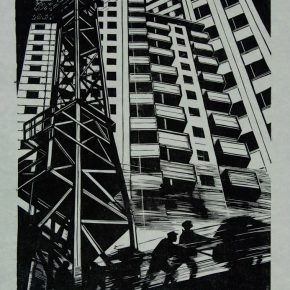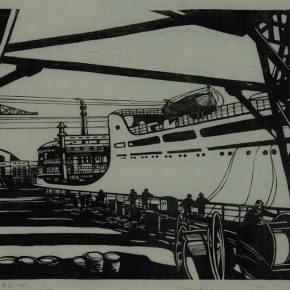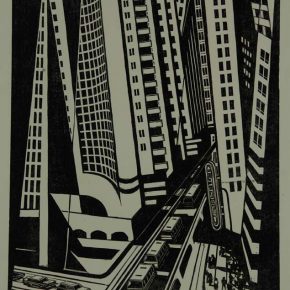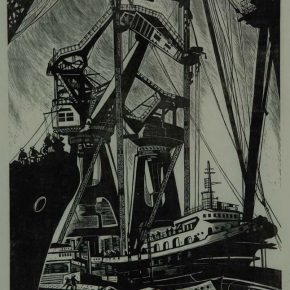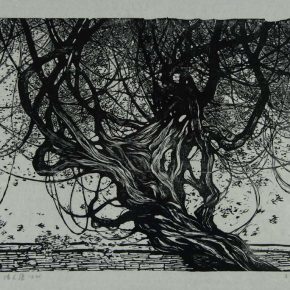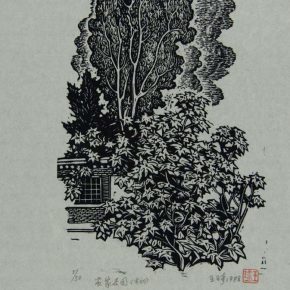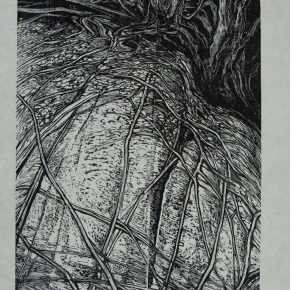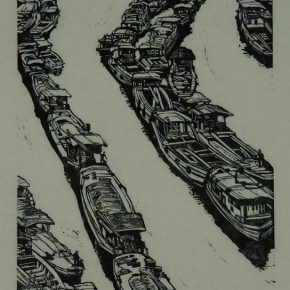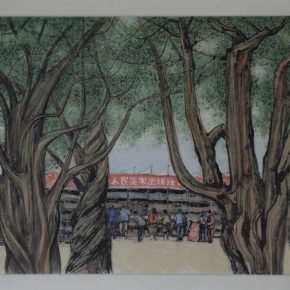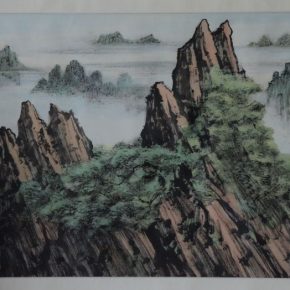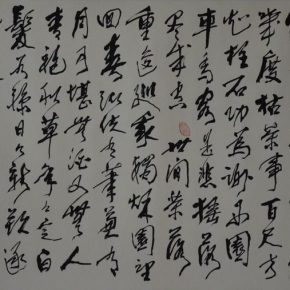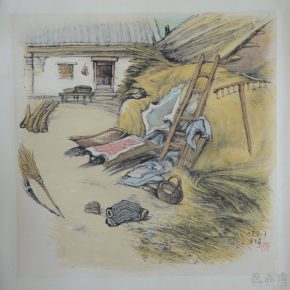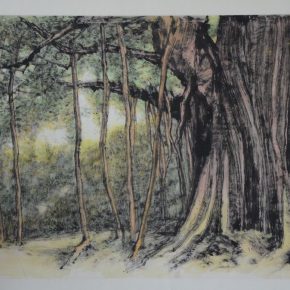Wang Qi

Wang Qi (1918-2016) was born in Yibin County, Sichuan Province, in January 4, 1918. During the period of the War of Resistance against Japan, he worked in the third office of the Political Department under the leadership of Guo Moruo in Wuhan and Chongqing, and engaged in propaganda work on the art of the anti-Japanese war. He also taught in the Fine Arts Section of the Yucai School under the auspices of Tao Xingzhi. He has been elected as Executive Member of the Council of “China Woodcut Research Society” and “China National Woodcut Association”, and is a member of the council of “Ren Jian Hua Hui” in Hong Kong. After the liberation of China, he successively served as Director of Art Department of Shanghai Xingzhi Art School, Associate Professor and Professor of the Central Academy of Fine Arts, Deputy Editor-in-Chief of the “Art Research” and “World Art” journals, Editor-in-Chief of “Fine Arts” and “Printmaking” magazines. He was former Vice Chairman and Secretary General of China Printmakers Association, former Chairman, Deputy Party Secretary and Vice Chairman of China Artists Association, and honorary member of China Federation of Literary and Art Circles. He was awarded “Outstanding Contribution to Chinese New Printmaking Prize” jointly held by China Artists Association and the Chinese Printmaking Association in 1992. He won the “Honored Award of Fuji Art Museum” awarded by the Japan Creation Society in 1992. He was awarded the “China Art Golden Award Lifetime Achievement Award” jointly held by the China Federation of Literature and Art Circles and China Artists Association in 2003.
“Mr. Wang Qi’s life of art spanned one hundred years, with a very rich artistic achievement, showing a wide range of artistic talent. In the development of Chinese printmaking in the 20th century Mr. Wang Qi was a pioneer, presenting the social duty of an artist who resolutely devoted himself to the war of resistance against Japanese aggression and was determined to use art to change the reality of society and to promote social progress as early as the 1930s. Mr. Wang Qi also played an important role in uniting the strength of the printmaking industry and expanding the impact of publicity on woodcuts by editing & creating literary publications and organizing various woodcut exhibitions.”
– An excerpt from “Fan Di’an: Preface of ‘Carving a Century: An Exhibition Commemorating Wang Qi’s 100th Birthday’ ”
“Seen from the subjective and objective distance between the painter and the viewer, Mr. Wang Qi’s consistent position in his own works was equal in treating life and people, rather than looking down on people, neither blindly worshiping people nor belittling the self. He had always been hard-working and worked towards self-improvement, humble and self-respectful and he had never forgave himself for his pursuit no matter how much the external atmosphere changed, so that, many people see the warmth in his works, which is actually the true self of the painter ...”
– An excerpt from “Dai Daquan: Wang Qi – A Big Flag of Fine Arts, a Soldier under the Flag”
“Wang Qi vividly told people through examples that an artist can only gain freedom in creation when he consciously hopes to serve the interests of a certain class. If this is not the case, he will suffer depression and forced pain, and then Mr. Wang soberly pointed out the harm of liberalization on the creation, and he believed that absolute freedom would enable artists to consciously and unconsciously narrow the circle of the observation of reality, refusing to extensively and comprehensively study reality.”
– An excerpt from “Hua Tianxue: Printmaker and Art Theorist Wang Qi”
“After the founding of New China, our country was quickly brought into a period of socialist construction. Since the historical development, it has shifted from war to peace, shifting from turmoil to stability, from destruction to construction, and the art of printmaking has also developed in order to adapt to the aesthetic needs of the masses. The characteristics include the distinctive praiseworthiness, colored print, the expression of poetic feelings and the creation of the artistic concept. These changes were also the characteristics of Wang Qi’s woodcut creation in this period.”
– An excerpt from "Li Yunjing: the Art of Serving for the Times and People – On Wang Qi’s Woodcut Art”
“Wang Qi, an artist used printmaking that considered the black and white as the authentic piece, embarked on a colorful journey from the enlightenment of Chinese painting and calligraphy to the special training of western painting, with the drawing & sketching sublimated into the creation of woodcuts, shifting from woodcuts to Chinese and calligraphy; and also unfolding a movement which considered national democratic revolution and the construction of socialism as the main chord, considering lyrical pieces as the chord; regardless of woodcuts, drawing or sketching, Chinese calligraphy and ink painting, they were both connected by the commonality of Chinese aesthetics of ‘Who knows how glory shines, yet loves disgrace, nor e’er for it is pale’, and his efforts to integrate the artistic nutrition from everywhere at all times, and the glow of creative vitality in the face of reality, people in the new artistic construction.”
– An excerpt from “Liu Xilin: Writing a History with a Knife – Mr. Wang Qi’s Brush of Painting and Pen of History” originally published in “Fine Arts” in 1998, vol.1
“Mr. Wang Qi’s tree-related works reveal a high artistic taste, and he could show the different structures, textures, colors, forms and demeanor of different seasons, because of Wang’s unique perception of the tree and his careful observation, with a rich and accurate black-and-white art language, while all of which are closely linked with the theme and the picture of the work.”
– An excerpt from the “Singer of Tree: the Impression of Reading Mr. Wang Qi’s Printmaking”, originally published in “People’s Daily”
“Mr. Wang Qi has high attainments in all fields of Marxism-Leninism, cultivation of literary theory and professional art knowledge, and he also has decades of rich practical experience in art creation and can grasp the pulse of art development in different historical periods. In face of the wrong tendency of the ‘left’ and ‘right’, he was good at identifying the right and wrong. He was diligently thinking, boldly proposed a clear reversal and correction of the various biases.”
– An excerpt from “Tan Quanshu: Torrent Brave – Mr. Wang Qi That I Know”, originally published in the “Literary Theory and Criticism” in 1998, vol. 2
“In the ink painting, he considered the woods, cliffs, urban buildings, streets, and water villages as the main objects of his painting, being close to nature with the creation, while focusing on the choice of a way to perform a theme, which swept away the way of Tree-Far composition of the landscape painting, applying his own unique perspective.”
– An excerpt from “Zhao Mingzhen: A Creative World Full of Creation Spirit – Enlightened by Reading Mr. Wang Qi’s Ink Painting”, originally published in “Chinese Art” in 1995, vol.1
Courtesy of the artist, translated by Chen Peihua and edited by Sue/CAFA ART INFO



